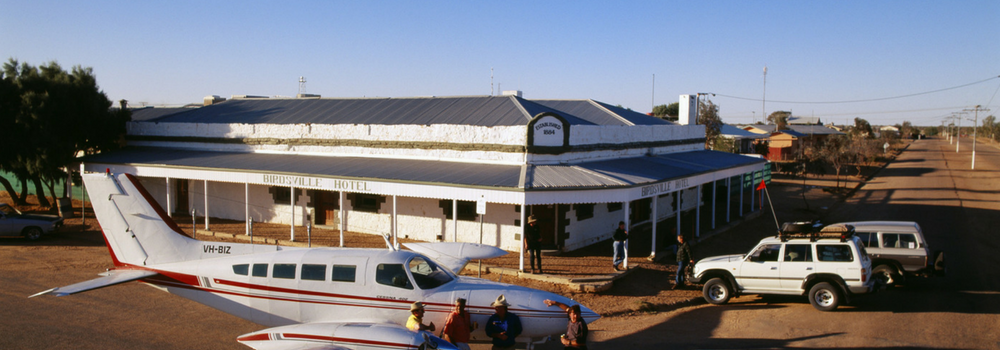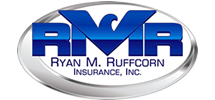
Iowa Airplane Insurance: What you Need to Know
From soaring through the skies in a charter plane with passengers or gliding over the sea in your cub crafter, flying requires training and skill.
No matter whether you are flying for business or flying for pleasure, you want to make sure that you protect your plane from risks.
Getting an airplane insurance policy provides the protection you need for many types of risks. This will allow you to relax and enjoy every one of your flights.
Type of Risk
Some of the top airplane accident types are:
- Pilot Error- 54%
- Mechanical Failure- 24%
- Sabotage- 9%
- Weather- 8%
Insurance for Commercial and Private Airplanes
Accidents in the air are rare but they do happen. For this reason, like all other reasons you have insurance, it’s a really good idea to purchase a quality aviation insurance policy. Doing so will allow you to reduce financial risk.
Your aviation insurance will provide property damage protection for your airplane, as well as liability insurance that covers negligent acts or errors, if these acts cause bodily injury or property damage to passengers or other third parties.
If you rent an airplane, you also need to protect yourself against exposure to liabilities and property damage for the rental you are flying.
How an Aviation Policy Covers Your Airplane
Aviation insurance for an owned airplane provides the following coverage and protection:
Airplane liability: The public liability coverage protects you if your aircraft damages third party property, such as houses, cars, airport buildings or other aircraft, but it does not cover injury to your passengers.
Passenger liability: Passenger liability insurance covers the risks involved in transporting passengers in your airplane.
This coverage provides protection if your passengers are injured or killed while riding in your plane. Passenger insurance usually covers you on a cost-per-seat basis and provides a coverage limit for each passenger seat.
Combined Single Limit (CSI): Another form of liability insurance is known as combined single limit. This policy contains coverage for both public and passenger liability with a single comprehensive claim limit.
Aircraft Hull Insurance
Aircraft hull insurance covers physical damage to your airplane. It comes in the following three forms:
- Aircraft hull ground only: Covers property damage to the airplane when it is on the ground and not in motion.
- Aircraft hull while taxiing: Insures against property damage to the airplane while it is on the ground and when it is taxiing. It does not cover damage once the plane takes off. This covers accidents, such as running into another airplane or colliding with a hangar.
- Aircraft all risk: Protects against property damage when the plane is on the ground, taxiing and in flight. The most comprehensive of the coverage options, this coverage is also the most expensive.
Aircraft Rental Insurance
If you do not own your aircraft, but fly rental aircraft, it is important that you learn about airplane rental insurance.
A lot of pilots are under the assumption that the fixed-based operators (FBO) insurance covers you and the rental plane in the event of an accident.
Often times, the coverage, if any, is not sufficient for your protection if an accident occurs or a claim is made against you. You need to have your own airplane rental insurance.
Like an airplane owner policy, a renter or non-owned aircraft policy provides both liability and property damage coverage.
You want to carry as much liability insurance as you can afford, however, the property damage limits should be determined by the value of the rental plane you fly.
Aircraft Insurance Costs
Your aircraft insurance premium will completely depend upon your situation, including the type of plane, the value, your experience, training and flying history as a pilot, and the safety record of your aircraft.
A rough airplane insurance estimate starts at about $200 per month for a small twin engine plane. As you can imagine, larger airplanes and planes that transport passengers have higher premiums.
How can you save? Below are a few ways to save money on your aircraft insurance premium:
- Keep your aircraft in a hangar
- Get an instrument rating
- Increase your flight hours
- Complete pilot proficiency training
The Bottom Line
Since no two aviation insurance companies are alike, it is important to shop for the best value for your needs.
As you can see there are plenty of unique factors to take into consideration when deciding on what type of coverage your winged beauty needs.
Next Step
Let’s get those specific questions answered and keep you confidently flying high.
